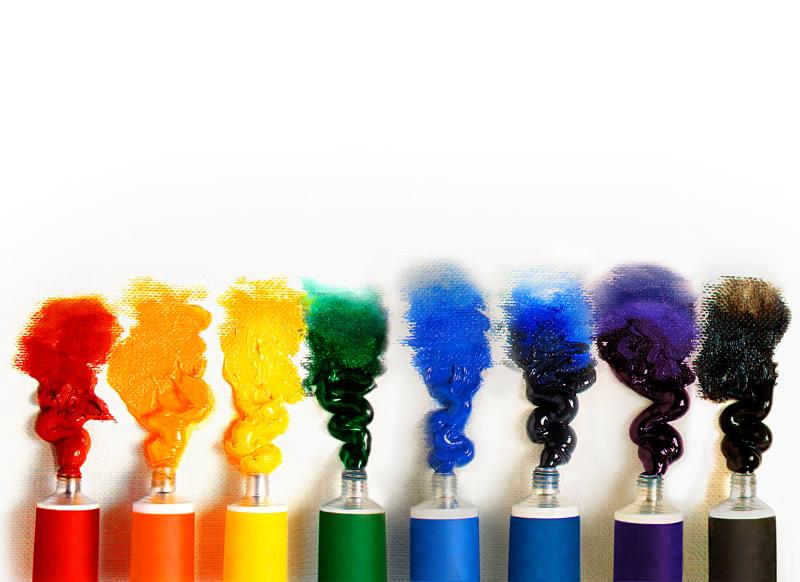In this article, we delve into the extraordinary career of renowned digital artist Paul Brown, a pioneer in computational art and generative systems. We explore the challenges faced by computer arts in gaining recognition within the traditional art world. Additionally, we discuss the profound impact of AI on the future of digital art and how it serves as a tool for human creativity rather than replacing it. Join us on this fascinating journey through the intersection of art and technology.
The Resistance Faced by Computer Arts in the Art World
Explore the challenges encountered by computer arts within the traditional art world
The art world has historically been resistant to embracing new forms of art. Like previous art movements such as Impressionism, Digital art faces its fair share of skepticism and hesitation. Despite the growing public interest in AI and technology, there is still a disconnect between the traditional art market's perception of value and the evolving digital art genre.
Commercial art, rooted in attributing value for investment purposes, poses a unique challenge for digital art. It relies on provenance and physical manifestations of artwork. Unlike traditional mediums, digital art doesn't fit neatly into this framework. The intangible nature of computer art raises questions about its uniqueness, scarcity, and its place within the established art market. However, institutions like the V&A and Tate are playing a significant role in establishing the credibility of digital art by curating exhibitions and preserving digital artworks.
Will the increasing interest in AI and technology eventually bridge the divide between digital arts and the traditional art world? Only time will tell.
AI as a Tool for Human Creativity in Digital Art
Discover how AI enhances human creativity in the artistic process
The integration of AI in the artistic process has sparked various debates surrounding its impact on human creativity. However, digital artist Paul Brown suggests that AI is merely a tool for artists to express their vision and enhance their creative abilities.
According to Brown, the use of AI does not diminish the artist's signature and uniqueness; instead, it acts as a 'paint in a tube,' offering a new range of possibilities and technical skill. Artists like Brown and Lev Manovich effectively drive AI systems to create spectacular works of art that contain their distinctive style and artistic language.
While AI can assist in artistic production, true creativity surpasses the realms of AI capabilities. Perceptual abilities, contextualization, and self-awareness are fundamental aspects of art-making that AI has yet to match. True creativity emerges from human imagination, embracing social and historical references. However, AI's evolution into quantum computing may tip the scale, leading to potential sentient AI capable of independent creation and transcending the traditional boundary of human imagination.
The Future of Digital Art: AI and Sentient Artistic Creation
Explore the development and potential impact of AI's future evolution in becoming sentient artistic creators
A pivotal development in the future of AI lies within quantum computing. Quantum computing's anticipated rise will enable unprecedented computational power and eventually lead to the birth of artificial sentience. Paul Brown suggests that this advancement could potentially foster a revolution in the art world, with AI-driven artists creating their own unique form of artistic expression.
However, the integration of AI as independent artistic creators comes with philosophical questions and implications. Would AI-produced art hold the same artistic significance and cultural relevance as that crafted by human hands? The values and creativity embedded in AI creations would reflect its human origins, challenging traditional notions surrounding art and artist authorship.
While the future remains uncertain, one thing is clear - the creative landscape will continually evolve. AI-driven artistic creation represents an exciting frontier, poised to reshape the future of digital art, and expand the notion of creativity itself.
Conclusion
The intersection of AI and digital art presents a fascinating landscape filled with possibilities. The resistance faced by computer arts in the traditional art world can be attributed to the evolving nature of the genre and the challenge of attributing value in an intangible form of art. However, the ongoing efforts and recognition from institutions like the V&A and Tate are paving the way for the acceptance of digital art as a legitimate and valuable form of artistic expression.
AI, as a tool for human creativity, enhances artists' abilities to push the boundaries of their artistic vision. While AI can assist in the creation process, true creativity remains firmly rooted in the unique and contextualized vision of human artists. The future holds the potential for AI to evolve into extraordinary forms of artistic creation, perhaps even surpassing human imagination. However, we must carefully navigate the implications and philosophical discussions that arise with the onset of sentient AI creators.
The future of digital art is unfolding before our eyes, beckoning us to explore new possibilities, challenge traditional notions, and redefine the very essence of creativity itself.

